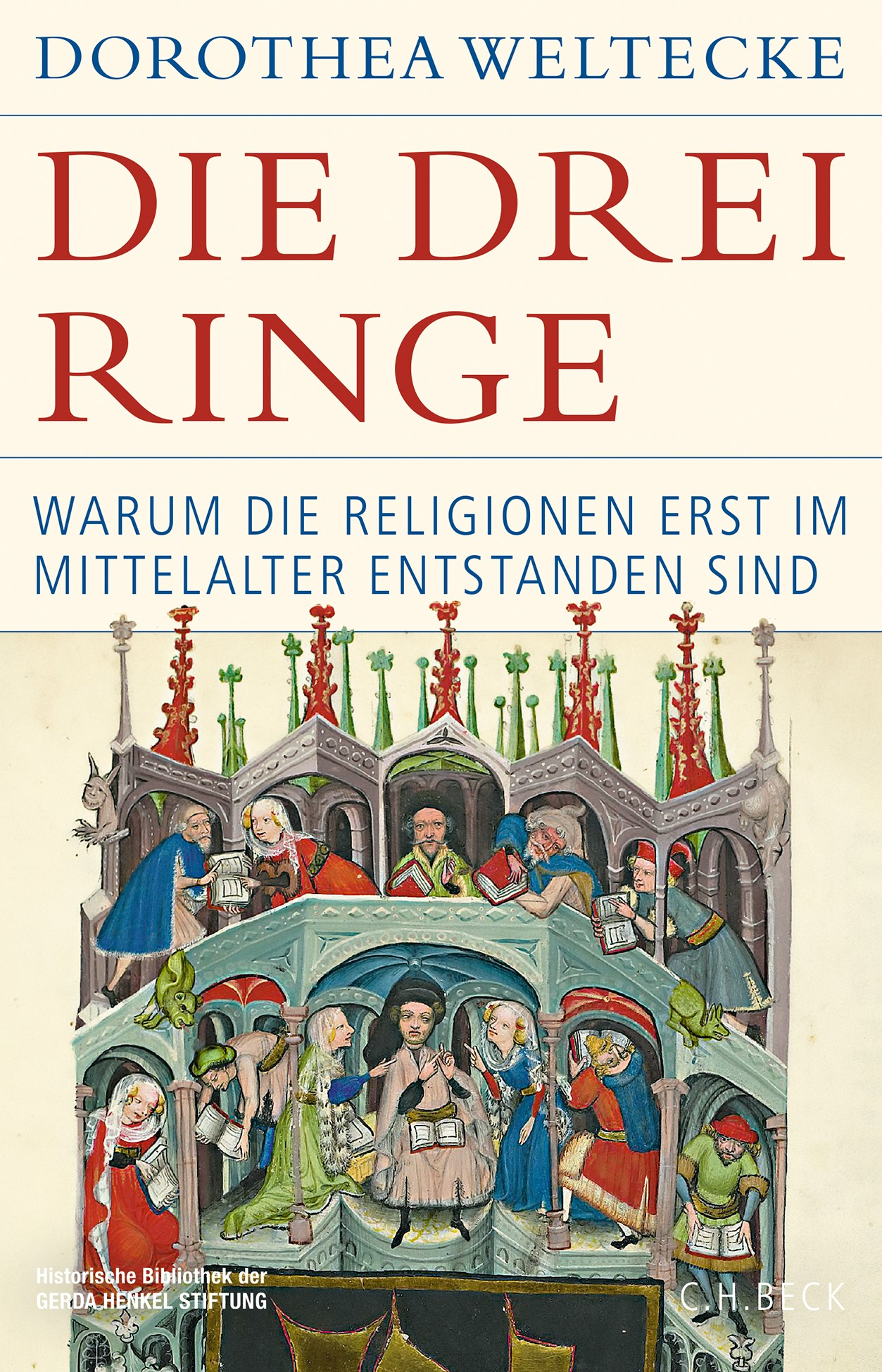The three rings: Why religions only emerged in the Middle Ages
Summary:
In the parable of the three rings, the brothers argue about the inheritance they received from their father. In the Middle Ages, Jews, Christians and Muslims were very aware that their traditions were related. Historian Dorothea Weltecke shows that their conflict-ridden yet shared history in the vast area between the Atlantic, the Nile and the Indus gave rise to the exclusive “religions” in the first place.
The tomb of the prophet Ezekiel near Baghdad was a destination for Jewish, Muslim and Christian pilgrims in the Middle Ages. Dorothea Weltecke uses this and many other examples to illustrate how intensively the religious communities exchanged ideas. Together they built a new cultural landscape. Jews, Christians and Muslims knew in the Middle Ages that their traditions were related. In the parable of the three rings, however, the brothers argue about the inheritance they received from their common father. It was not their claims to truth that became problematic for the relationship between the religious communities in the Middle Ages, but new legal distinctions between believers, the merely tolerated and the non-tolerated. The theories and the violence with which this inequality was continuously justified and maintained militarized the boundaries between the faith traditions. The book thus impressively exposes a layer of religious history that was buried by the lava flow of polemics.


